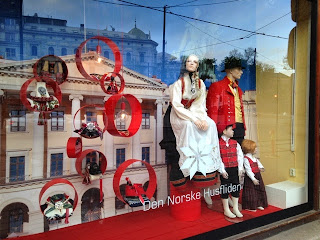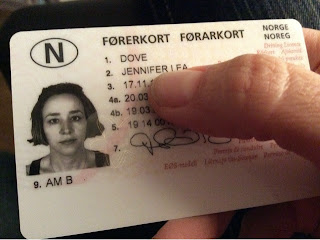 |
| Lunch before leaving the hospital – don’t I look thrilled? |
Monday night was a long night. I think I had been so in and out all day Monday that I just wasn’t very sleepy when night came. Add to that the elements of being in the hospital with a lot of activity around, and two other people in the room, and it just made for a long night.
I got up Tuesday morning and made my way down the hall to the patient cafeteria. This was quite different from my experiences in American hospitals! The nurse will gladly bring food to your room when you aren’t up to moving around, but I was encouraged to try and start walking a bit so I could be discharged. So I had a bite to eat and then went back to my room, exhausted but happy with the progress.
Zack dropped the boys off at school and then came to the hospital. We sat around a bit, and then I had a meeting and exam with the doctor, who said I could go home after lunch. I managed to get myself dressed while Zack went downstairs and fill my prescriptions, and then he accompanied to the cafeteria.
Around 13.00/1:00 PM Tuesday afternoon I was released and we made our way home. Again, exhausting is the best word that comes to mind. Everything is exhausting right now. But I slept much better last night, and I feel a bit more energetic today. I’m trying to get up and move every hour or so, and each time it gets a little better. I just keep reminding myself that this will take a while!






































